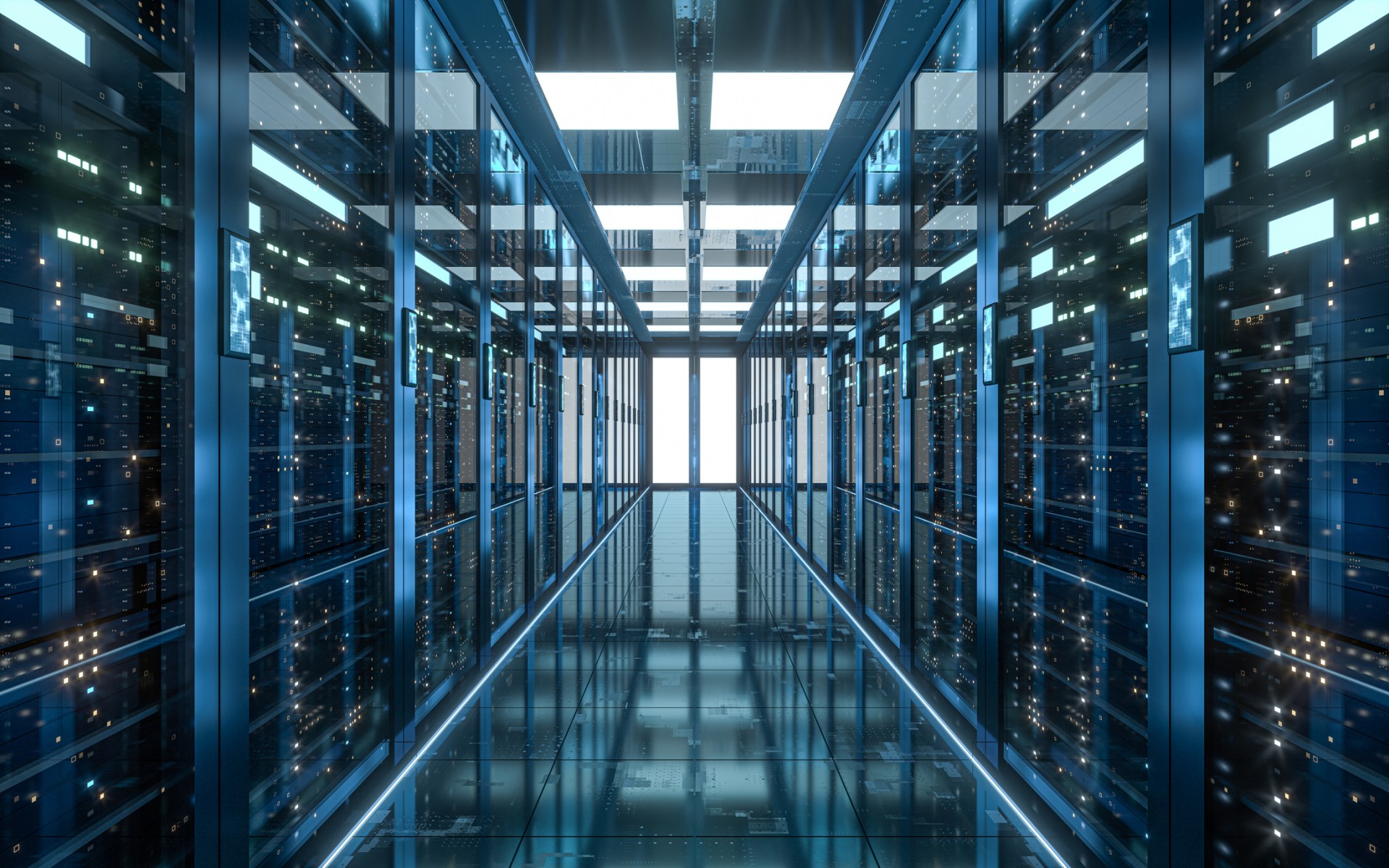The development of the cloud has not ended the need, or want, for on-premises data centers. For some businesses, either the cloud or an on-premises data center is clearly the right choice. For many, both have their uses. With that in mind, here is a quick overview of on-premises data centers vs cloud computing and the factors you should consider when choosing a solution.
On-premises data centers
An on-premises data center is a private facility for housing and managing an organization’s IT infrastructure, including servers, storage, networking, and associated components. This facility may be literally on-premises (e.g. in a server room) or located off-site.
Advantages of on-premises data centers
Full data control: This is a major advantage for businesses dealing with highly sensitive data, especially if they have to comply with specific data-protection programs (e.g. HIPAA).
Ability to implement customizations: Since on-premises data centers are designed for the specific use of one entity, they can be customized to that entity’s exact needs and wants.
Long-term economy: Implementing an on-premises data center involves high up-front expenditure. Over the long term, however, it can work out more economical than using the cloud.
Disadvantages of on-premises data centers
High upfront investment: Setting up an on-premises data center requires a substantial initial investment in hardware, facilities, and infrastructure.
Limited scalability: Upscaling an on-premises data center requires organizations to invest in additional hardware and facilities. This may then become surplus to requirements if the demand drops again. Likewise, downscaling one means divesting equipment that may later be needed.
Maintenance and management: On-premises data centers require dedicated IT personnel and resources. These can be provided by third-party vendors but the business or organization will still need to manage those vendors.
Use cases for on-premises data centers
Highly-regulated industries: Businesses operating in sectors like healthcare, finance, or government, where strict data regulations apply, often opt for on-premises data centers to ensure compliance while maintaining control over their data.
Knowledge-focused businesses: Companies with sensitive intellectual property, trade secrets, or confidential customer data may choose on-premises solutions to maintain tight security controls.
Established businesses with existing infrastructure: Established organizations with substantial legacy infrastructure may find it cost-effective to continue managing on-premises data centers, leveraging their existing investments.
Cloud computing
Cloud computing is a technology model that delivers computing resources, including servers, storage, databases, networking, software, and analytics, over a network, usually the internet.
Generally, when people use the term “cloud computing” on its own, they are referring to the public cloud. This is infrastructure owned by third-party companies (cloud service providers or CSPs) that is made available to the public for use. It can be accessed on a contract or on a pay-as-you-go model (or a combination of both).
Advantages of public cloud computing
Scalability: Cloud computing allows organizations to scale resources up or down in line with their workloads.
Low barrier to access: With the cloud, businesses can just set up an account and start using resources. There are no upfront costs and no administrative burden.
Convenience: The CSP has full responsibility for managing and maintaining the cloud infrastructure. The client only has to manage their own users.
Disadvantages of public cloud computing
Compliance challenges: It’s now much more common for public clouds to comply with major compliance programs (e.g. HIPAA). They may not, however, comply with more niche ones (e.g. TX-RAMP).
Limited customization options: With cloud computing, organizations relinquish some control over the underlying infrastructure. This can limit their options for customization.
Can be more expensive than an on-premises data center: Public clouds bill according to use. Organizations that store and process a lot of data can therefore end up paying more for the public cloud than for an on-premises data center (over the long term).
Use cases for public cloud computing
Startups and small businesses: These businesses are unlikely to be able to afford the upfront costs of implementing on-premises data centers.
Scale-ups: Businesses experiencing rapid growth can quickly expand resources without tying up cash reserves.
Businesses with fluctuating resource needs: For highly cyclical businesses, using the public cloud is often simpler and more cost-effective than running an on-premises data center.
Factors to consider when making your choice
Here are the key factors you should consider when choosing between on-premises data centers and cloud computing.
Compliance requirements: Before you decide whether or not cloud computing might be a good option for you, always check if it’s legally viable.
The sensitivity of your data: If you have highly sensitive data, you may prefer to keep it fully under your control.
Resource needs: If your resource needs are consistent, then an on-premises data center may be the more cost-effective option. If they fluctuate, then the cloud may be the better choice.
Your need/want for customization: The more you want to customize your infrastructure, the more you should lean towards an on-premises data center – and vice versa.
Your financial situation: Implementing an on-premises data center requires significant upfront investment. If you are wary about this then the cloud is the better option.
Related Resources:
Hybrid Cloud Solutions and Data Center Integration
Future Trends in Cloud Data Centers




